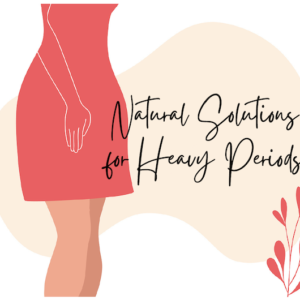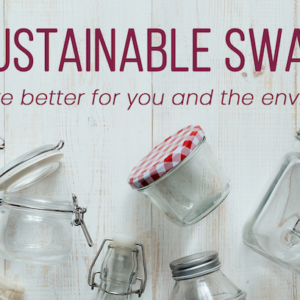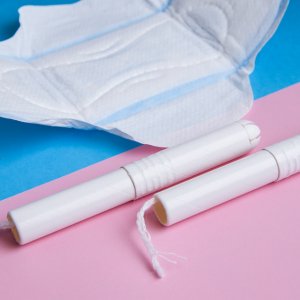Recently, I have had dozens of questions from concerned women regarding the claims about toxic chemicals in Thinx panties. These allegations stem from a blogger who conducted a “study” and stated that Thinx panties contain polyfluoroalkyl substances (PFAS). Hang on a second before you get your panties in a wad. Let’s look at the evidence to see if Thinx really are hazardous to your health.
Let’s Stop and Thinx for a Moment
Y’all. This isn’t science. It is an article intentionally aimed to inflame consumer sentiments. And truly, I use the term “study” very loosely in this case. Valid research involves a representative sample of subjects in a controlled environment and unbiased evaluation. The particular study fails to be reliable on 3 parts:
- They only tested 2 pairs of panties. This is hardly a representative sample. Therefore, there is no guarantee that a problem actually exists. These 2 pairs of panties could have gone through completely different processes, shipping, handling, packaging, etc. from an average pair.
- This is a big one: There is no comparator group. Meaning, there is no standard with which to compare these results. So assuming PFAS was found in a pair of Thinx, who even knows if Company A, B, or C also contain these chemicals in 10 times the concentrations found in these two pairs of Thinx? Everyone is all up in arms that Thinx contains PFAS, but no one stopped to think if this actually applies to every single pair of panties in the drawer.
- The author is anything but unbiased. In her article, she actually promotes another menstrual undergarment company. It’s blatantly obvious that she is purposely trying to sabotage Thinx.
But Wait, There’s More
Even if we assume that the findings of this so-called study are reliable—which they aren’t— what does it really mean anyway?
PFAS refers to a group of chemicals that have been used in a variety of products since the 1940s. Many of these chemicals are no longer used in the U.S. because they accumulate in the body and can have detrimental reproductive, developmental, liver, kidney, and immunological effects. However, many products still contain certain types of PFAS.
You’d be surprised how frequently you come into contact with them. The most common sources of PFAS include pizza boxes and take-out containers, popcorn bags, outdoor gear and water repellent clothing, and even some cosmetics.
And believe it or not, two of the most common sources of PFAS include drinking water and fish and shellfish.
It’s just like anything else, folks: You can’t avoid every toxin. Every single day, we encounter all kinds of undesirable chemicals. Yes, we should do our best to avoid toxins as much as possible. Yes, we should take measures to help our bodies deal with the never-ending onslaught. But there’s a difference between being cautious and freaking out over every salacious headline.

A Peek at Some Real Science: Chemical Analysis of Thinx
Thinx plainly states on their website that their products undergo rigorous testing.
"All Thinx underwear are REACH compliant and undergo testing that complies with the OEKO-TEX standard list of 100 chemicals. This includes testing for a range of toxic chemicals like PFAS. The truth is that U.S. regulations aren’t as strict as those in the EU, which is why we comply with both US regulations and the EU’s REACH regulations. For example, while the US has banned 11 chemicals from cosmetics, REACH bans 1,328. By complying with REACH, we’re also supporting REACH pre-market testing requirements — all to protect our customers’ safety and wellbeing."
I won’t bore you with descriptions of these agencies. For those who really want to delve into it, click the links in the quote above to learn more about them. The main idea here is that the products undergo rigorous testing by credible third-party agencies. That’s a bit more reliable than a biased blogger.
So I think we can suffice it to say that Thinx is, in fact, doing their part to ensure that their panties pass the safety test. They’ve even gone as far as posting individual results from tests of every type of panty they sell. So if you still have questions about whether Thinx are hazardous to your health, just see for yourself.
Transparency Builds Trust
This kind of openness and transparency is yet another reason I will continue to use and promote Thinx products. I reviewed the tests and the agencies which performed them, and I feel safe that my Thinx do not contain dangerous chemicals.
Just remember, when you read sensational headlines with big claims, it’s so important to fact-check before you go believing everything you read or hear. Headlines are intentionally salacious. That’s how they get us to click and read. So be smarter. Don’t believe it.
Want to learn about my experience with Thinx? Check out this post.










